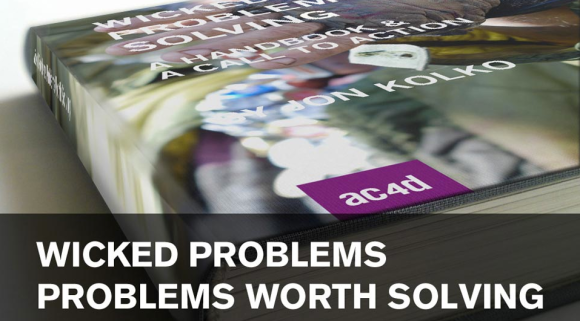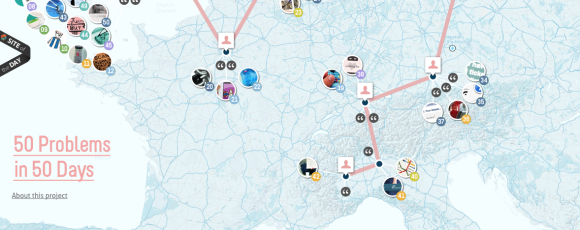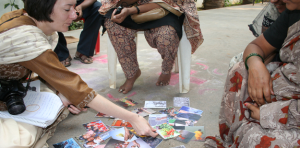Is your school or workplace divided into “creatives” versus practical people? Yet surely, David Kelley suggests, creativity is not the domain of only a chosen few. Telling stories from his legendary design career and his own life, he offers ways to build the confidence to create… (From The Design Studio session at TED2012, guest-curated by Chee Pearlman and David Rockwell.)
SIx design hats
A blog, review and exploration of inspiration, products, services and thinking for design
Category Archives: UCD
Top 10 Apps and Services That Are More Than Meets the Eye

Tools, glorious tools. With access to so many apps I fear the day that I can tweet my kettle into making toast (…that may already be possible….). The rate of technological development and the number of apps out there may be a little overwhelming, but they do offer us incredible opportunities. A post by Whitson Gordon of Lifehacker offers a brief exploration of apps available to us which are really worth a look.
Some apps do one thing, and they do it well. Others have a host of clever, hidden uses that you might have never thought of on your own. Here are our favorite clever uses for popular apps.
Enjoy the read! Click here
Creating Relevance by Design
An amazing video by CLICKNL that looks at Industrial Design today. Under ten minutes, this video captures the essence of product design (and design at large) as we experience it. It also looks at the idea of “user experience” and the ideas behind good design. Well worth a watch.
The movie ‘Creating Relevance by Design’ illustrates the changing rol of design agencies from designers of ‘good products’ towards ‘creating value for their clients’. It shows the way how industrial design agencies manage to keep relevant for their clients.
Van Berlo, NPK, Fabrique, Van der Veer Designers, Spark, Philips Design, Indes and Flex have contributed to this film in co-creation sessions. 39 Dutch Design Agencies support the story of the film.
A Five-Step Process For Conducting User Research by David Sherwin
A great article from Smashing Magazine in which Sherwin explores user research. Easy to digest and insightful. Click on the title to go to the article on Smashing Magazine.
A Five-Step Process For Conducting User Research
by David Sherwin
Imagine that this is what you know about me: I am a college-educated male between the ages of 35 and 45. I own a MacBook Pro and an iPhone 5, on which I browse the Internet via the Google Chrome browser. I tweet and blog publicly, where you can discover that I like chocolate and corgis. I’m married. I drive a Toyota Corolla. I have brown hair and brown eyes. My credit-card statement shows where I’ve booked my most recent hotel reservations and where I like to dine out.
If your financial services client provided you with this data, could you tell them why I’ve just decided to move my checking and savings accounts from it to a new bank? This scenario might seem implausible when laid out like this, but you’ve likely been in similar situations as an interactive designer, working with just demographics or website usage metrics. Continue reading









